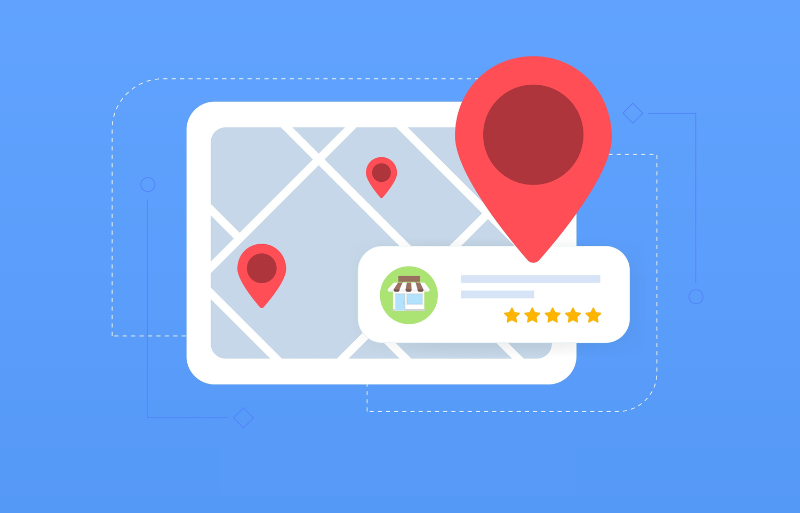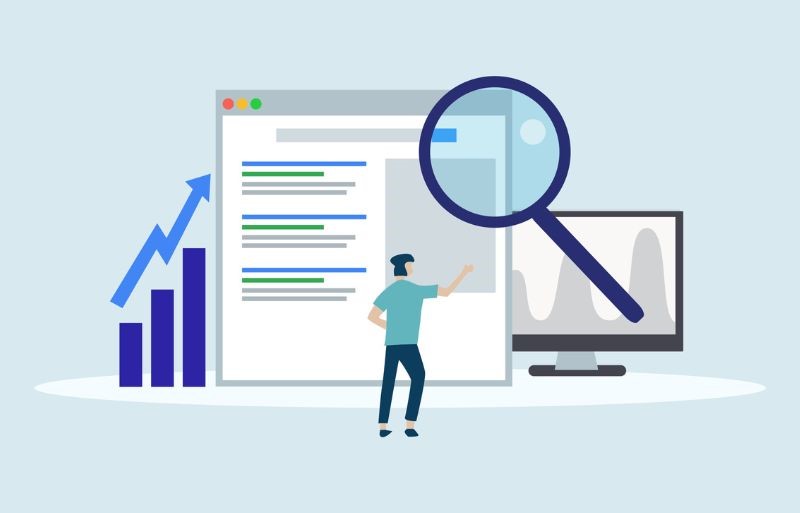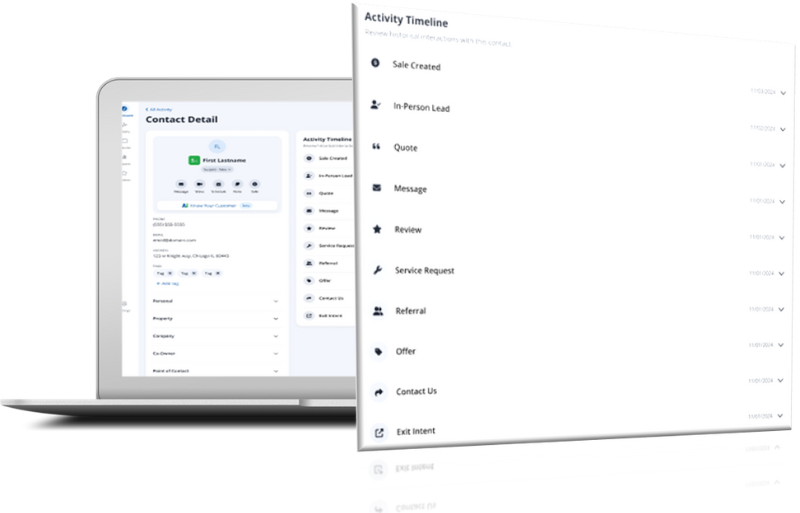5 Eye-Opening “Yes or No” Questions Business Owners Must Ask Themselves Before 2014

Below is a no-nonsense questionnaire every business owner should take. Please take it sooner rather than later.
Note: These questions are about your online marketing.
The more questions you answer “Yes” to, the more likely it is that you’re adequately prepared for the online consumers of 2014.
Next year’s Internet is going to be driven -- more than ever -- by convenience, accessibility and design. This questionnaire will hopefully illuminate areas where your website (and overall Internet marketing efforts) could use some help.
Let's get started.
1. Have you made any significant changes to your website in the last 18 months?
The design and functionality of a “modern website” is almost entirely dictated by the consumer who uses it. Consumer websites, as a general rule, should evolve to meet the demands of the people who use them.
Your website is not an exception.
The consumers of 2014 want faster, smarter websites, because that’s what they’re used to.
They’re used to efficient checkout processes and convenient click-to-chat features. They’re used to websites that function as beautifully as they look. These websites drive people to take action -– turning visitors into customers.
Here are several ways you can get started:
1. Advance your website’s framework (to make it look sharp).
2. Switch to a cloud-hosting environment (to make it go fast).
3. Upgrade to responsive design (to make it convenient to use).
That’s a good start.
2. Is your website easy to view on a smartphone or tablet?
If you have an iPhone or an Android, take it out and go to your website. How does it look?
Is the text too small to read?
Can you make out what the buttons say?
Do you have to zoom in on everything?
Because if you do, so do your potential customers. And, according to Google, the vast majority of mobile visitors won’t hang around on a website that’s hard navigate on their phone. They’ll literally leave your homepage in a matter of seconds.
The solution is responsive design, which you can implement into the code of your website to provide viewers using mobile devices with an optimal viewing experience.
No more resizing.
No more panning.
No more scrolling.
Your customers are going to love it. And you'll love the boost you get in mobile leads and conversions.
2014 is the year mobile Internet will eclipse desktop usage. Adapt to this new standard as soon as possible. Your investment will pay off.
3. Do you engage your prospects on social media networks?
4. Do you blog often?
A blog can serve several purposes. For example:
- It can be used as an information funnel for your current and potential customers (e.g., product/service info, company news, announcements).
- It can be used to build up the number of pages on your website. More pages = more indexable content = great SEO value.
- It can be used to educate your potential customers, creating an ongoing relationship that gives your business clout.
If you blog at least once a week and you do it well (i.e., you give away your secrets, because that’s what people really want), you’ll get what you’re ultimately after: trust.
You can’t buy trust; you have to earn it. One of the best ways to do so is with a blog.
5. Do you A/B test your website?
Albert Einstein once famously said:
“Insanity is doing the same thing over and over again and expecting different results.”
So don’t be insane; change your website.
Change the layout.
Change the headlines and sub-headlines.
Change the color of the call-to-action buttons.
Change everything and only keep what yields the best conversion rates. In time, your site will become dangerously efficient at converting visitors into revenue.
Never stop tweaking and you’ll never stop improving your bottom line.
6. BONUS: Do you really like what you see on your homepage?
An old colleague once gave me this tidbit of writing advice:
“If you like it, chances are somebody else will, too.”
It was great advice for a writer, but I wouldn't give it to anyone trying to build a website that converts the masses.
If you don't like the way something looks on your website, always consider why it's there in the first place. Chances are it serves a very deliberate and specific SEO purpose.
Are there any questions you would add to the list? Leave your comments below!
Sign up above to receive a brand new article every week from Spectrum.
Click here to talk to someone about our services.








